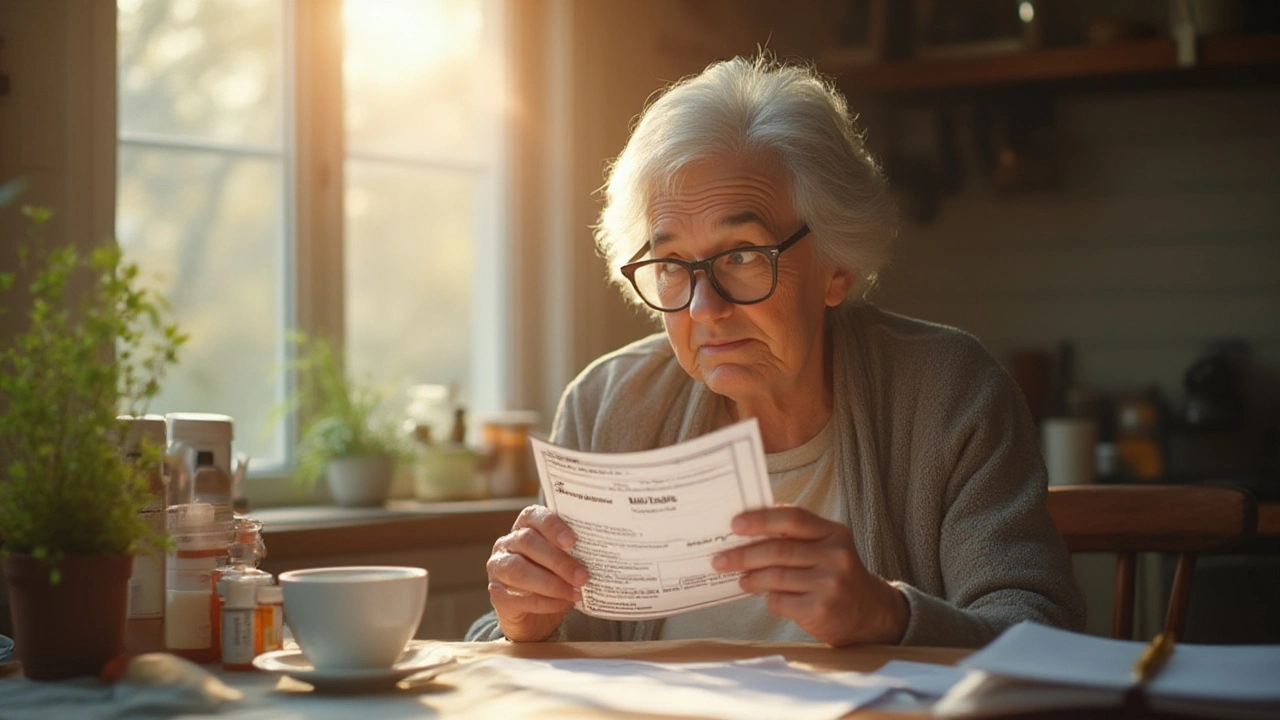Intraocular Pressure: What You Need to Know for Healthy Eyes
Intraocular pressure—everyone hears about it at the eye doctor, but what’s the deal? It’s just the pressure inside your eyeball. Sounds simple, but if things get out of balance, your vision could pay the price. Most folks only find out it’s an issue after a routine eye exam, but catching it early makes a huge difference, especially since high eye pressure can sneak up with no obvious symptoms.
If your doctor mentions elevated intraocular pressure, pay attention. It often means your eye’s fluid isn’t draining as it should, which pushes the pressure up. This is a big deal because it’s the number one risk factor for glaucoma—a sneaky eye disease that can slowly chip away at your vision before you even notice. People over 40, those with a family history, or anyone on certain medications need to stay on top of it.
But how do you know if you’re at risk? Sometimes, increased eye pressure can cause blurry vision, headaches around the eyes, or seeing halos. Most times, though, you won’t feel a thing. That’s why regular eye checks matter, especially if you’re in a risk group or already have eye problems.
Treating high intraocular pressure is mostly about lowering it back to a safe level—often with eye drops, lifestyle tweaks, or occasionally pills and laser treatments. There’s no one-size-fits-all fix, but doctors start with the safest methods and build from there. If you already use steroid creams or medications for other issues, keep in mind some medicines—like certain skin creams—can drive your eye pressure up. Always tell your doctor everything you use. They can spot links you might miss.
So how can you help keep your eye pressure on track? Stick to your treatment, don’t skip eye appointments, and take it seriously if you get new symptoms like cloudy vision or sudden pain. Keep up with healthy habits—stay active, eat leafy greens, watch your caffeine, and protect your eyes from injury. If your doctor suggests, ask about new treatments or medicines that might work better with fewer side effects.
Want to find more practical tips and real-life experiences? Canada Drug Center covers not only the best medications for managing intraocular pressure, but also hands-on advice from eye health pros. Check out articles that explain side effects, guide you through medication options, and even offer patient-tested tricks for taking care of your vision—without the jargon.
Betoptic Eye Drops: What You Need to Know Before Using for Glaucoma
by Prudence Bateson Jul 2 2025 8 Health and WellnessUnpacking Betoptic—how this popular glaucoma eye drop works, real-world tips for use, details about side effects, and key data, all in plain English.
READ MORE
